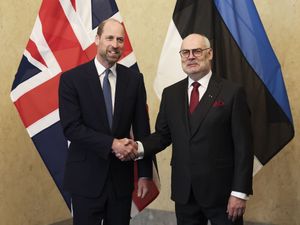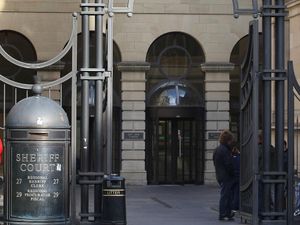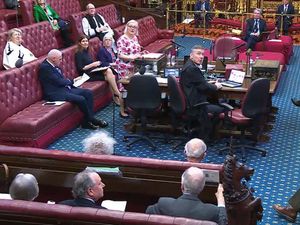What happens next in Brexit process?
Prime Minister Theresa May has insisted she will ‘see through’ her Brexit plan despite resignations and challenges to her authority.
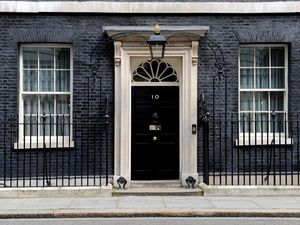
Prime Minister Theresa May has defiantly insisted she will “see through” her Brexit plan, despite a mounting Tory backlash and challenges to her authority.
In the wake of her Cabinet approving a draft withdrawal agreement on Britain’s exit from the European Union, a number of resignations have followed and letters of no confidence submitted.
But what will happen next?
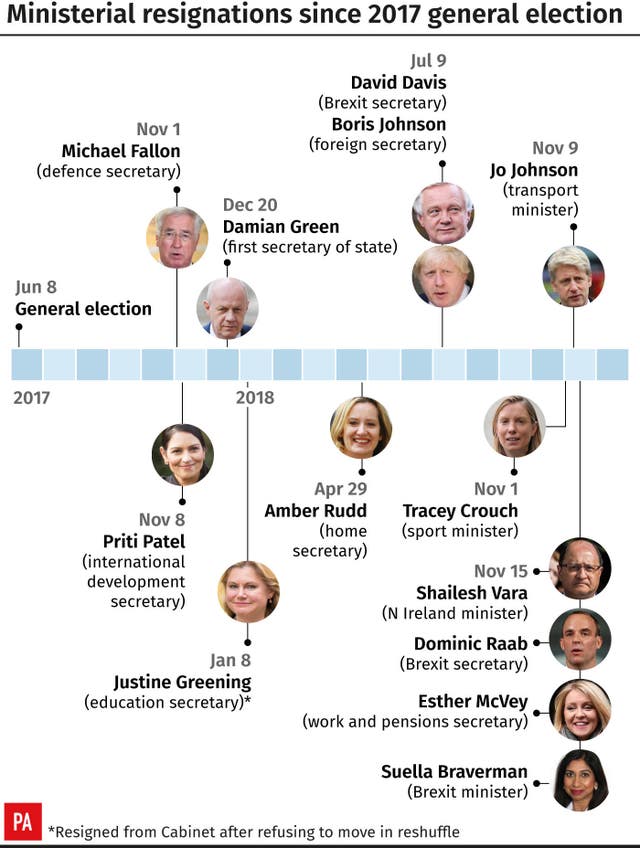
– Resignations
On Thursday there were a raft of resignations which began with Shailesh Vara quitting as Northern Ireland minister, Brexiteer Dominic Raab followed suit by standing down as Brexit Secretary, as well as Pensions Secretary Esther McVey, who said the deal “does not honour the result of the referendum”.
Suella Braverman also resigned as a Brexit minister, alongside Anne-Marie Trevelyan, who resigned as a parliamentary private secretary in the Department for Education.
They were joined by Ranil Jayawardena, a parliamentary private secretary in the Ministry of Justice, and Rehman Chishti the Conservative vice-chairman and prime ministerial trade envoy to Pakistan.
Mrs May will have to appoint individuals to these positions, especially the two main Cabinet positions, and any others that may potentially become vacant as a result of further resignations.
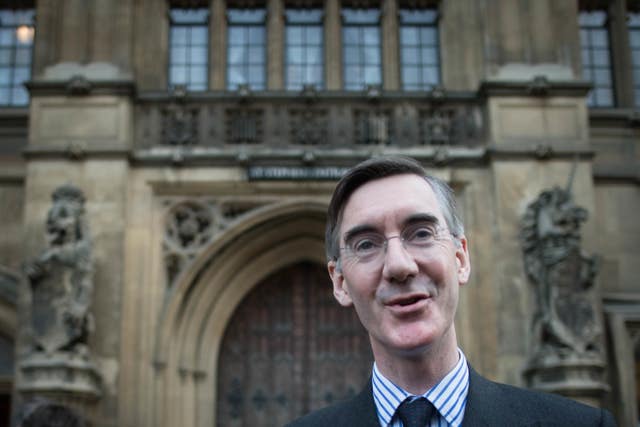
– Vote of no confidence
On Thursday leading Brexiteer Jacob Rees-Mogg submitted a letter of no confidence in Mrs May to Sir Graham Brady, chairman of the backbench 1922 Committee.
Mr Rees-Mogg said Mrs May’s deal “has turned out to be worse than anticipated and fails to meet the promises given to the nation by the Prime Minister, either on her own account or on behalf of us all in the Conservative Party manifesto”.
The level of Brexiteer discontent has raised expectations of further letters of no confidence in Mrs May from Tory MPs, with a total of 48 needed to trigger a vote on her position. If that happens, Mrs May will require support from 50% of the 315 Conservative MPs to stay in office.

– Brussels summit
With the Cabinet giving the green light to Britain’s Brexit blueprint, it clears the way for the special Brexit summit in Brussels for EU leaders to approve the deal.
Leaders of the remaining 27 EU states will be asked to put their stamp on the document, and the agreement will then be sent for ratification to both the Westminster Parliament and the European Parliament.
European Council President, Donald Tusk, confirmed during a press conference on Thursday that the summit will take place on November 25.
But before that date, an agreement will have to be reached on the political declaration, published on Wednesday, on future relations – which is currently an outline and due to become a full future framework.
– Parliament
The British Government would hope to hold a vote in the House of Commons before Christmas, and if every obstacle is cleared, the deal would come into effect in time for the UK’s departure on March 29 2019.
It is expected the debate will stretch over several days and will end in a meaningful vote possibly in early December, before the next scheduled European Council summit on December 13.
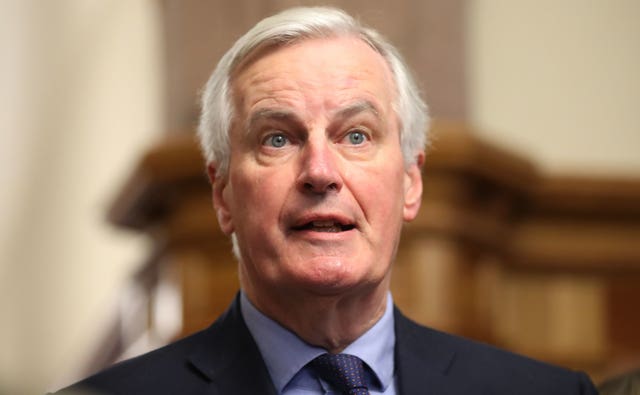
– Transition
Following Brexit on March 29 next year, there will be a transition period in place until December 31 2020 to allow time to form a deal on the UK’s future relationship with the EU.
If this is not possible by the end of that date, the UK and EU could jointly agree to extend the transition period, but EU chief negotiator Michel Barnier said on Wednesday they “haven’t fleshed out” how that could be done.
Alternatively, a temporary backstop arrangement could also be put in place from January 2021, establishing a single EU-UK customs territory until a new trade deal is implemented – covering all goods except fishery and aquaculture products.

